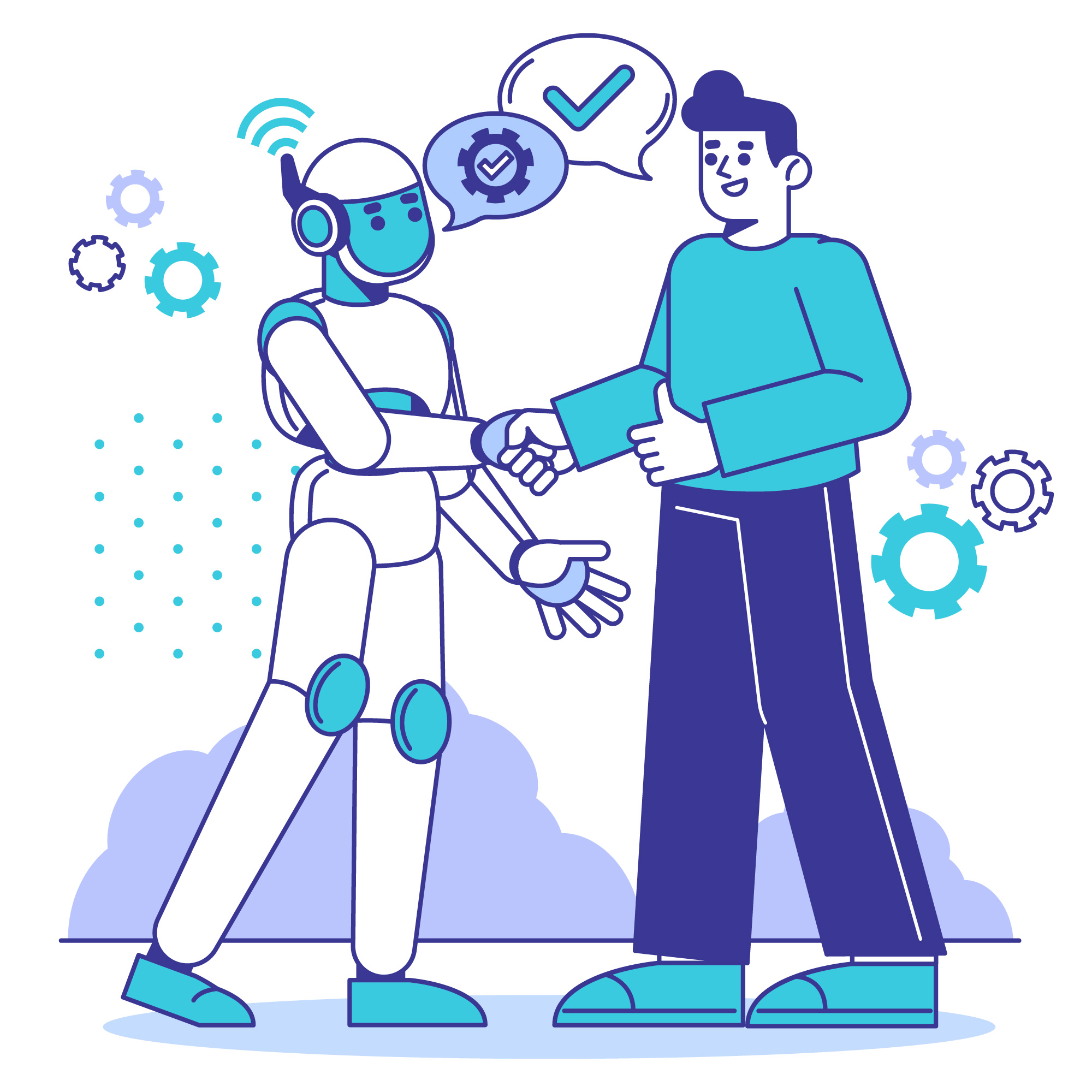Introduction
The launch of ChatGPT in November 2022, marked a turning point for artificial intelligence in the public consciousness. In 2023 it grew and plunged its roots further into the business world.
One of the first applications of AI was handwriting recognition – it was used by Postal Services to read addresses on envelopes. We’ve come a long way since then.
Difficult tasks that seemed impossible only a few years ago are now becoming an integral part of our reality. AI is having an impact on healthcare, education, finance, retail, and many more spheres that we face every day.
The evolution of Generative AI has mirrored that of computers, though on a dramatically accelerated timeline. Just as massive, centrally operated mainframe computers owned by the elite gave way to smaller, more efficient machines accessible to enterprises, Generative AI has already reached its “hobbyist” phase.
Such rapid growth has resulted due to its synergistic interaction with various other technologies like the Internet of Things (IoT), Robotics, Natural Language Processing (NLP), and Computer Vision. This year, AI is expected to become even more accessible, nuanced and integrated in the technologies that improve everyday tasks and help solve some of the world’s most challenging problems.
Trends in AI
Let us now look at some key trends in AI:
Generative AI: This is a form of AI that leverages machine learning to create fresh, original output based on patterns it has learned from training data. Generative AI will continue its development, propelled by substantial investments in the field and foster new tools for text, video, image, and audio generation.
Multimodal AI Models: While earlier models could only work in uni-directional, multimodal models are being developed that can combine multiple types of data for input. For example, users can ask about an image and receive a natural language answer, or ask out loud for instructions to repair something and receive visual aids alongside step-by-step text instructions.
Democratization: This involves the distribution and proliferation of AI tools among the masses. As a growing number of individuals embrace a variety of user-friendly and easily accessible AI apps, it creates more equitability and enables more discoveries of possible uses.
Workplace AI: In the workplace, AI is increasing productivity but simultaneously replacing old jobs with newer ones. A new reskilling and upskilling is happening right before our eyes – prompt engineers and AI ethicists are some of the new posts that may see a rise.
New Use Cases: AI is impacting numerous industries. The introduction of new capabilities and combinations is spurring the emergence of novel use cases and applications in education, healthcare, manufacturing, ecommerce, construction, agriculture and others.
Personalization at Scale: Personalization involves customization of products, services and experiences to cater to the specific needs of individuals. AI will make it possible to not only focus individually but also scale extensively to achieve true personalized experiences across various channels.
Digital Humans and Digital Twinning: Companies and researchers are currently working on creating digital clones of human beings with potential applications as virtual assistants, customer service representatives, actors and social influencers. They will be expected to be exact replicas in terms of appearance, personality, preferences and behaviors.
Ethics and Regulation: With great power comes great responsibility – as artificial intelligence is poised to transform the world positively, it also brings along inherent risks. These include the problems of deep fakes, misinformation and privacy concerns. More and more initiatives and regulators are becoming active to address these concerns.
Final Takeaways
New technologies in AI will influence numerous industries in our lives. It will drive and foster the development of methods and processes that we’ve never seen before. For individuals, these will provide an excellent opportunity to improve the ease and conditions of life.
Efficiency of work will increase, labor shortage problems will be reduced, and businesses will pursue new revenue streams. Whether one is a pessimist or optimist, it is important to stay informed and educated about this technology. Only knowledge and experience can help guide us to maximize the benefits and avoid the risks of this wonderful opportunity !
